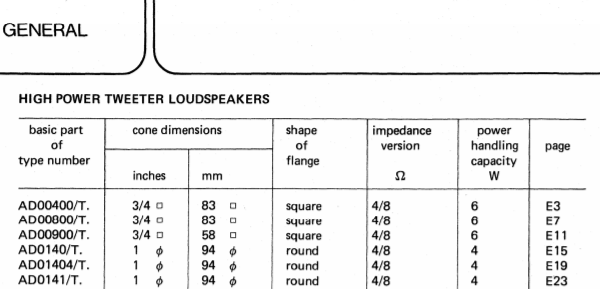I bought a powerful tweeter (or so I thought) to experiment with the ultrasound. The device is quite heavy, and it is rated at "350 watts RMS/700 watts peak": 2'' Titanium Super Tweeter PDBT78
Its nominal impedance is "4-8 ohms" with a frequency response of "2-25 kHz".
To make the long story short, the thing burned on me with a sine 20-kHz signal at average (real) power of 9.6 W. How is that possible?! The specs promise 350 W "RMS" (I think they mean average power), yet it burns at under 10 W?! Please review my setup below. Maybe I calculated the power incorrectly and came to a wrong conclusion. This is how I measured the voltage and current:
The scope displayed waveforms for the voltage and the current and showed their numerical RMS values on the screen. When the speaker burned, the scope showed \$V_{RMS}=40\:\textrm{V}\$ and \$I_{RMS}=0.24\:\textrm{A}\$. Thus, I concluded the power was less than 9.6 W. — I don't know how much exactly, because I did not get to measure the phase shift (:
$$P=V_{RMS}I_{RMS}\cos{\phi}$$
Thank you for your interest in solving this puzzle.
PS: I have received a response from the manufacturer:
We test tweeter power using signal EIA-426-B, frequency range 3.5k-20kHZ, PDBT78 power can be 40W ... it has no problem for testing over 8 hours... The 350W RMS is data on giftbox, it is not true data.
This confirms the community answers.





